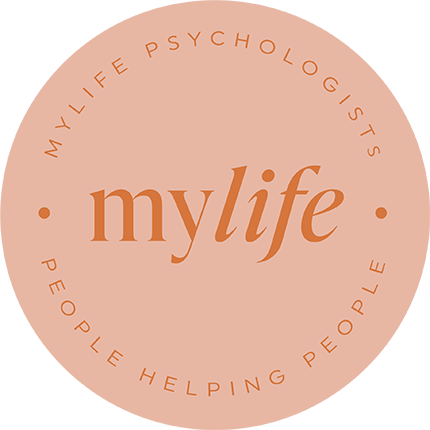Breaking Negative Patterns
As humans we all have basic, fundamental needs. The need for food, the need for shelter, for safety and for clothing. However, in order for a person to grow, develop and flourish, there are a number of core emotional needs which also must be met. These include the need for secure attachments with other people; the need for safety and predictability; for autonomy and a sense of identity; for acceptance and empathy; the need for freedom of expression; and the need for spontaneity.
When some or all of these core emotional needs are not met throughout childhood (e.g. due to difficult childhood experiences or abuse), individuals can develop unhelpful and self-defeating emotional and cognitive patterns that are called schemas. Schemas encompass beliefs about oneself, others and the world, which develop during childhood and can continue into a person’s adult life. These schemas are often rigid and the individual accepts the beliefs and feelings without question. These can include beliefs such as “I’m not good enough”, “I’m unlovable” and “people will leave me”. Such beliefs can lead to significant dysfunction in a person’s life, problematic relationships and chronic mood difficulties.
How does Schema Therapy work?
Schema Therapy is an evidence-based treatment. It incorporates elements from a number of other therapeutic frameworks, including Cognitive Behavioural Therapy, Psychoanalytic Therapy, Attachment Theory and Gestalt Therapy. Schema Therapy looks at core themes within a person’s life to help them break negative, rigid and unhelpful patterns of thinking, feeling and behaving.
To help a person break these unhelpful patterns, Schema Therapy uses a combination of cognitive, experiential and behavioural strategies, while also engaging the therapeutic relationship to foster change. A person’s schemas and unhelpful patterns develop over the course of their lifetime and can be very rigid. For this reason, Schema Therapy is a longer-term treatment option (e.g. 15 or more sessions), as it focuses on the core dysfunctional themes in a person’s life as well as symptom reduction.
Who would benefit from Schema Therapy?
Schema therapy is particularly effective for people presenting with diagnoses or features of personality disorders, including Borderline Personality Disorder. In addition, individuals with chronic mood disorders who relapse or have failed to respond to other therapies may benefit from a Schema Therapy approach. It can also be helpful for people with childhood traumas, eating disorders and addictions, to address underlying schemas driving these issues.
Schema Therapy or Dialectical Behaviour Therapy?
Both Dialectical Behaviour Therapy (DBT) and Schema Therapy have been shown to be effective treatments for Borderline Personality Disorder. While both use principles of cognitive and behaviour therapies, there are some key differences between them. Both therapies aim to help the individual improve emotion regulation however. While DBT focuses on directly teaching skills to manage emotions, Schema Therapy addresses issues underlying emotional dysregulation to improve a person’s functioning and management of emotions.
In addition, Schema Therapy places greater emphasis than DBT on the relationship between patient and therapist as a mechanism for change. Schema Therapy also incorporates experiential and emotion focussed intervention strategies which DBT does not, in order to explore and resolve dysfunctional schemas. These experiential strategies include imagery work and Gestalt chair work.
If you would like to know more about how Schema Therapy could be of benefit, please contact us.
Written by Anastasia Hronis, Clinical Psychologist






